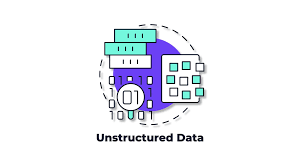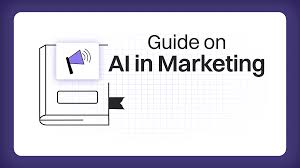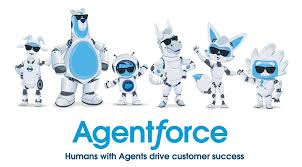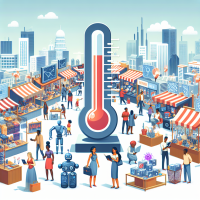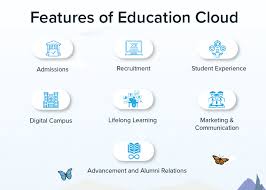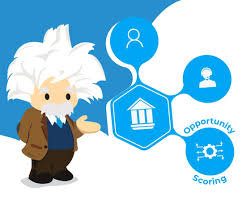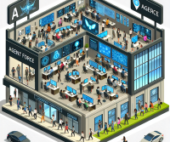AI Agents Help Streamline Customer Service
AI Agents Help Fisher & Paykel Streamline Customer Service Through Expanded Salesforce Partnership Fisher & Paykel, the New Zealand-based luxury appliance manufacturer, is leveraging AI agents to automate customer service tasks, such as answering frequently asked questions and scheduling service appointments. This initiative is designed to free up employee time for more value-added tasks, enhancing the overall customer service experience. In collaboration with Salesforce, Fisher & Paykel is using autonomous agents that integrate seamlessly with its CRM system, providing agents with greater visibility into customers’ interaction histories. This enables more efficient, data-driven interactions and allows the company to proactively resolve issues, such as freezer temperature irregularities, by automatically notifying customers and helping them schedule necessary appointments. For instance, AI agents can diagnose appliance issues, alert the service team, and assist customers in scheduling repair appointments. These agents also support on-site technicians by providing critical information, such as appointment locations and appliance age, while offering helpful articles and generating post-service summaries. Additionally, the integration of AI agents will enhance collaboration with Fisher & Paykel’s retail, builder, and designer partners. These partners will benefit from more efficient access to inventory information, accurate quotes for multiple products, and streamlined order placement and tracking. Enhancing Automation-Ready Environments This initiative builds on existing capabilities from the partnership, combining AI, data, and CRM functions such as subscription management and consolidated customer engagement data. The results have been impressive: Fisher & Paykel saw a 206% increase in unique email opens and a 112% rise in unique clicks in 2023. They also reduced manual effort by 30 minutes per order and saved up to 3,300 hours through automation in the B2B side of their business, according to Salesforce. In addition to service automation, Fisher & Paykel is tapping into AI-driven automated journeys based on consumer buying signals and cloud-based customer service support that automates appointment confirmations. Rudi Khoury, Chief Digital Officer at Fisher & Paykel, emphasized that customer expectations for efficiency and personalized service align perfectly with the brand’s luxury offerings, highlighting the importance of AI in meeting these demands. Like Related Posts Salesforce OEM AppExchange Expanding its reach beyond CRM, Salesforce.com has launched a new service called AppExchange OEM Edition, aimed at non-CRM service providers. Read more The Salesforce Story In Marc Benioff’s own words How did salesforce.com grow from a start up in a rented apartment into the world’s Read more Salesforce Jigsaw Salesforce.com, a prominent figure in cloud computing, has finalized a deal to acquire Jigsaw, a wiki-style business contact database, for Read more Service Cloud with AI-Driven Intelligence Salesforce Enhances Service Cloud with AI-Driven Intelligence Engine Data science and analytics are rapidly becoming standard features in enterprise applications, Read more





